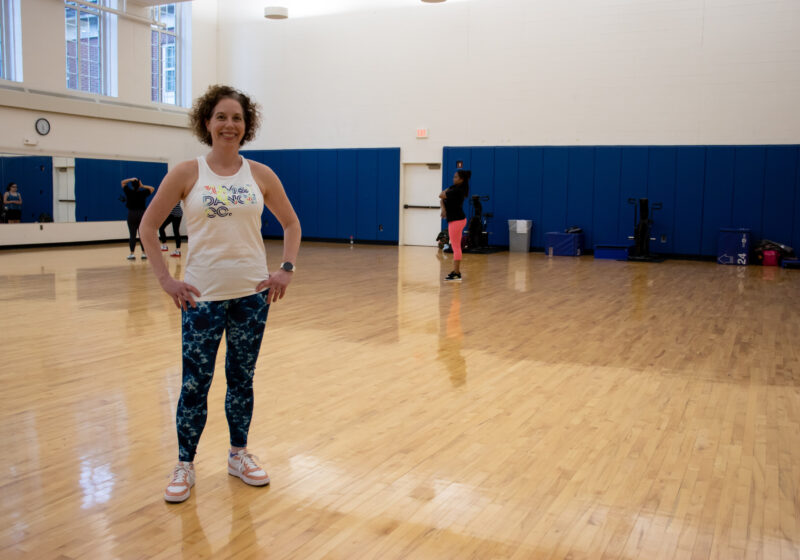Caused by the decrease in light levels hitting the retina during the winter months, your body produces less melatonin. In some people, this causes a biochemical imbalance in the hypothalamus, causing one to end up with SAD.
First described in 400 B.C. by Hippocrates ? who noticed patients being affected by a seasonal depression around winter time ? the disorder has gone through phases of acceptance and dismissal over the years.
In 1984, Norman Rosenthal, a researcher at the National Institute for Mental Health, published a paper on SAD and light therapy. The work was greeted with skepticism and it wasn’t until the early ’90s that his ideas gained widespread acceptance.
There are two levels of SAD: full-blown SAD, where the effects can be completely debilitating, and a milder form which is referred to as the “winter blues,” or subsyndromal SAD.
SAD occurs between September and April, particularly during the months of December, January and February.
The disorder is also much more common the farther one travels from the equator, due to the lower levels of light.
Onset is usually between the ages of 18 and 30 and two consecutive winters of symptoms must occur for a diagnosis to be made.
According to the Milwaukee Sentinel, 1.4 percent of people in Florida suffer from SAD, as opposed to 9.7 percent of the population of New Hampshire. As for cases in Rochester, Light Therapy Coordinator at Strong Hospital Tammie Imhof has “noticed over the years that it has increased.”
At the same time, SAD is far more common in women than men. Eighty percent of people diagnosed with SAD are women between the ages of 20 and 40.
The symptoms of SAD include problems sleeping and trouble getting up, but sometimes may be manifest as waking up inexplicably early, lethargy, overeating, depression and social problems, such as aversion to social contact, anxiety, loss of libido and moodiness.
The most common treatment is exposure to high-intensity light, which is roughly 10 times greater than normal sunlight. Sitting in front of a light box with 10,000 lux (a measure of light intensity) at three feet for 30 minutes is a typical treatment. However, depending on the intensity of the light, the prescribed time may be as long as four hours.
Ordinary office lighting is not sufficient, as a minimum of 2,500 lux is needed and normal indoor lighting is 200 to 500 lux.
This treatment works for 80 percent of patients and results can usually be seen in days. Antidepressants are prescribed for the most extreme cases, but can increase the feelings of lethargy. When they are prescribed, non-sedative selective serotonin re-uptake inhibitors such as Prozac are usually chosen.
One can purchase light boxes for $250 to $350 or get therapy in a professional setting. A week of light therapy can be received at Strong Hospital’s Mood Disorder Center.
Imhof suggests that students who believe they are suffering from SAD to “come in and try it [light therapy] for a week.”
The cost is $50 and is not covered by insurance. Afterwards, a doctor will evaluate the effects and suggest further action to be taken if needed.
While full spectrum bulbs were originally used, it has been found that “soft white” bulbs work just as well.
The intensity, not the frequency range, is the most important. The “soft white” bulbs do not emit the ultraviolet light that the full spectrum bulbs do, removing the risk of sunburn.
Dr. Michael Privitera, M.D. recommends the Society for Light Therapy and Biological Rhythms website at www.sltbr.org as a good source of information.
If someone suspects that they may be suffering from SAD, they should contact Imhof at x50440 for light therapy or the Counseling and Mental Health Service at x53113 to make an appointment with a therapist.
Paris can be reached at tparis@campustimes.org .
